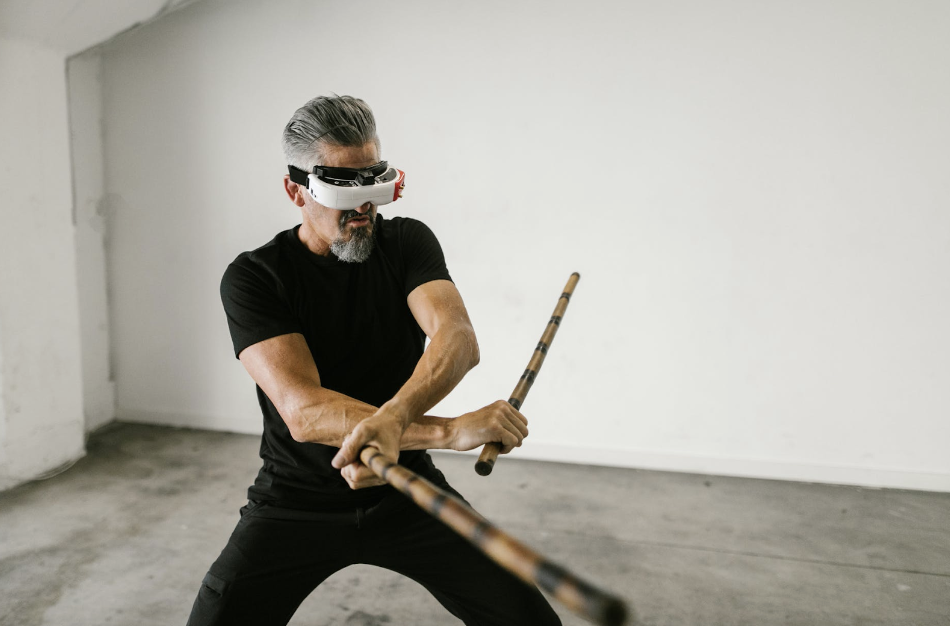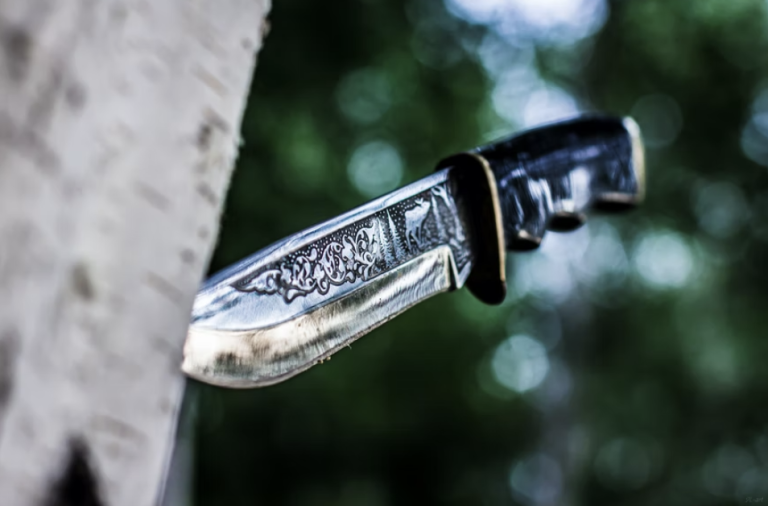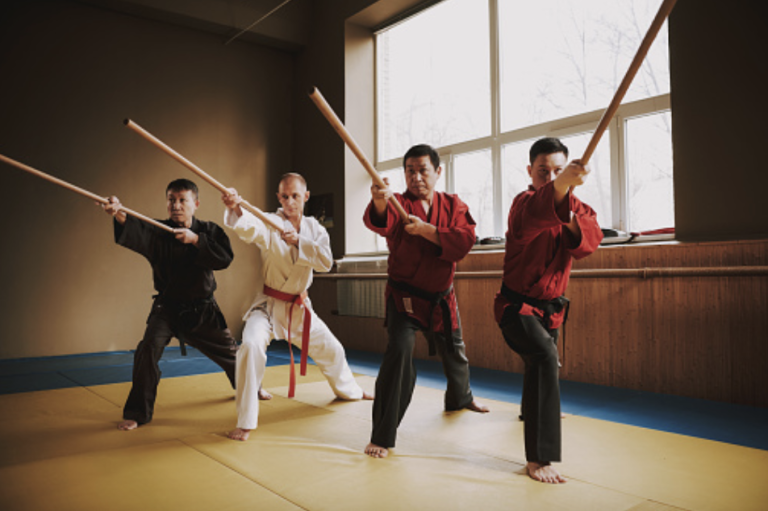The Art of Eskrima and Learning Eskrima Online
Martial arts isn’t limited to combat sports with physical contact. Other forms of martial arts like Eskrima use a stick weapon to fight an opponent. While it originated in the Philippines, this Filipino martial art is now widely practiced and has more people learning Eskrima online.
Eskrima: A Filipino Martial Arts
This traditional Filipino Martial Arts (FMA) focuses on using a weapon, typically a stick or rod, as the primary attack and defense instrument. Eskrima is also known for its other alternative names – Arnis and Kali. Although interchangeably used, they all mean the same act of fighting against an opponent using a stick, knife, or sword weapon.
Eskrima is an unarmed combat sport that anyone can execute using a handheld or improvised weapon. Aside from handheld weapons, Eskrima also has other variations without using a weapon known as the “open hand” technique.
Filipinos started practicing Eskrima in the 1500s, long before Spaniards saw this form of martial arts in 1610. It had different names across different regions in the Philippine archipelago. Later on, the hand-to-hand combat sport became known as Eskrima, coming from the Spanish term esgrima, which means fencing.
In modern times, Eskrima is recognized as the national martial arts of the Philippines. There are ten up to 11 black belt rankings in Eskrima, similar to that of the Dan ranking system that the Japanese use in Karate.
How Do You Do Eskrima?
Eskrima primarily focuses on attacking an opponent using a stick or similar weapon. Aside from learning how to maneuver the weapon to one’s advantage, Eskrima also has several fighting stances that require entire body movement. Here are the fundamental fighting techniques that one has to learn in Eskrima:
Footwork Tactics
The stability of an Eskrimador’s fighting stance relies on the footwork. Eskrima footwork directs the approach to reach into an opponent. An Eskrimador follows the movement dynamics or direction of the stick weapon. By following the proper footwork tactics, one can move their weapon according to their intended attack or defensive position.
There are four footwork variations: triangular, diagonal, linear, and circular. Each footwork dynamic can take maximum advantage of the weapon or strike out an opponent’s action. While the footwork has different variations, the triangular stance is commonly used. The best way to illustrate this is by having a square with an X inside, dividing the sections into four distinct triangular footwork positions.
Striking Angle
Various striking angles work well to defend or attack an opponent. In the older times, each strike angle had a specific name. Nowadays, these angles have an equivalent number – from a standard of 12 and some reaching up to 72.
The slash or thrust angles depend on the body part to strike using a weapon. It can be a temple strike if the focus is on striking one’s temple side of the head. If the strike aims to attack the shoulder or hips, it will be a torso strike. Other striking techniques aim for a chest stab, the legs, eye poke, or an overhead swing to hit the head’s crown.
Blocking Position
An Eskrimador’s blocking position will depend on which side of the body to defend against an opponent’s attack. It can be an inward or outward vertical block or a downward variation. Another is the shield block to protect the head’s crown part.
Other blocking techniques also work to defend one’s position against the opponent’s motion. The roof block, for instance, is done with a 45-degree angle that blocks the attack, using the empty hand to cover and control the opponent’s weapon movement. Another execution is the wing block, done by covering the right side of the body and having the empty hand stop the attacks from the opponent.
Deflection and Defensive Drills
Deflection techniques are needed to defend against incoming attacks and divert the opponent’s actions. For long-range attacks, the inside deflection is the preferred method. Inside deflection is done by dodging the attack through the handheld Eskrima weapon. As for close-range attacks, the deflection technique is by a simple bamboo-swing type of movement.
Studying all these tactics will need a defensive drill while maintaining good form and safe maneuvers. Defensive drills make it easy for a practitioner to learn how to deflect an attack and get into a blocking position. It will be easier to divert an opponent’s attack and move towards a more advantageous striking position. Depending on the instructions, drills can incorporate and help maintain the proper Eskrima form, all done in a safe practice environment.
What Weapons Are Used in Eskrima?
As a non-contact combat sport, Eskrima relies on how a practitioner uses the weapon at hand. There are two classifications of Eskrima weapons: impact weapons that use force and bladed weapons with the added advantage of blades. These are some weapons that Eskrimadors use in a fight.
1. Yantok (fighting stick) – made from rattan and one of the common weapons used in tournaments to apply force or impact against the opponent.
2. Bankaw (staff) – can be a wooden staff, pole, or fighting rod.
3. Baraw (knife) – also known as a dagger knife characterized by an ergonomic handle to maximize grip.
4. Bolo (machete) – this type of knife has a broad blade and is typically 50 to 65 centimeters long.
5. Sibat (spear) – a throwing weapon with a pointed blade at one end of the shaft.
6. Improvised weapons – – in the absence of the following weapons, applicable in real-life scenarios, like using an umbrella, screwdriver, mobile phone, or a flashlight.
Learning Eskrima weapons online or in drills will need a mix of various body mechanics, including speed and agility. An Eskrimador also needs to have a keen awareness of the range of motion. The optimal distance from an attacker and coordinating the body movements on either left or right side of the body are also fundamental skills. With that, is it possible to learn Eskrima from an expert or online?
How To Learn the Filipino Martial Arts Online
While it started in the Philippines, Eskrima is not limited to Filipino Eskrimadors. Eskrima has reached other countries, including the United States. Various martial arts experts specialize in this Filipino martial art. And, as they are not widely available, a common avenue to learning Eskrima online would be to consider YouTube. However, YouTube tutorials from some random guy showing their Eskrima skills are not as credible as an established Eskrimador.
To learn Eskrima, you have to know that there are two recognized Eskrima systems:
- WEKAF or World Eskrima Kali Arnis Federation – is the system that international Eskrima fights follow. It has a 10-point system similar to boxing, with a four-second rule that prevents the practitioner from using the same strike twice.
- ARPI or Arnis Philippines System – refers to the original system founded before the WEKAF system. ARPI adapts the scoring procedure similar to fencing. The ARPI system uses a padded stick made of a light rattan stem for more flexibility in attacking.
These are the standard Eskrima fighting systems that Eskrimadors follow with the Filipino Martial Arts. Learning Eskrima online by watching YouTube videos won’t share the necessary fighting techniques from these Eskrima systems. Worse, it could lead to potential injuries if you don’t follow the proper footwork and strikes using any of the Eskrima weapons.
The methods of instruction you get are thus important when learning Eskrima online. You have to choose a skilled Eskrimador to follow the techniques from footwork to striking and blocking. Niche guides close this gap by having expert Eskrimadors who have honed years of learning and understanding the Eskrima fighting concepts and stances.
Learning weapons online, such as in the case of Eskrima, is best done with guide websites and instructional videos. These niche guides follow the proper fighting techniques and systems instead of learning on the fly. As an aspiring Eskrimador or if you want to learn the Filipino Martial Art of stick fighting for self-defense, niche guide websites and videos have all the necessary tools and instructions to develop your Eskrima abilities.



